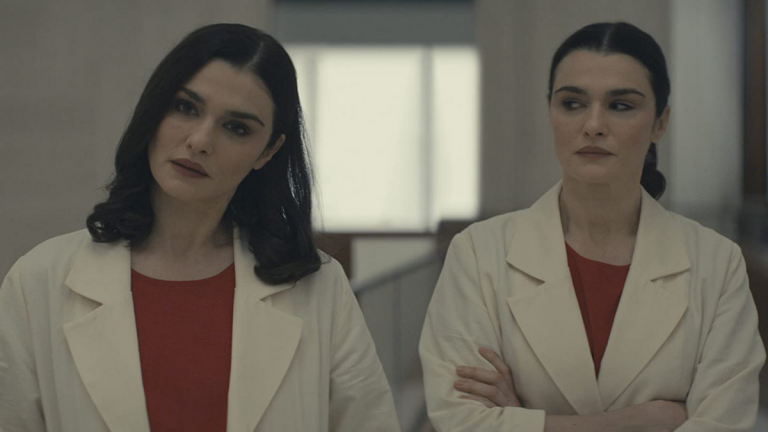What Rejection Letters From Literary Journals Really Mean
By ![]() Robert Yune
Robert Yune

Writers: has your short story been rejected by a literary journal? Are you wondering what the editors really think about your work? Painstaking, algorithmic analysis of rejection notes I’ve received over the years has yielded the following translations:
Rejection: “Unfortunately, we must pass on your work at this time.”
Translation: “Train wrecks are supposed to be entertaining.”
Rejection: “Your story does not meet our current editorial needs.”
Translation: “You’ve been reading a lot of Hemingway lately, haven’t you?”
Rejection: “Although we cannot use your work at the time, we encourage you to try us again.”
Translation: “Your feeble attempts at constructing a narrative amuse us.”
Rejection: “Thanks for trying us. Although we won’t be publishing this piece, we wish you the best.”
Translation: “Curl into a ball and die slowly.”
Rejection: “Your use of second-person was intriguing, but, unfortunately, we aren’t going to publish this piece.”
Translation: “You suddenly recall that time in workshop when you wrote a story in the second-person. You remember how all your classmates rolled their eyes. You remember someone saying, ‘I’ve seen more interesting command lists on a DOS screen.’ You consider how you’d just been subjected to a computer programming-based insult. Tears roll down your face.”
Rejection: “I have decided not to include your story in our upcoming issue.”
Translation: “Inspired by the movie The Quick and the Dead, we the editors have pooled our money together and hired someone to assassinate you. Your life just got more exciting—vastly more exciting, incidentally, than your short story.”
Rejection: “Your work is unique, but it simply doesn’t meet our editorial needs.”
Translation: “We wanted ‘Flesh Fiction,’ not ‘Flash Fiction.’ Idiot.”
Rejection: “Thanks for trying us! We’re sorry we can’t publish your piece.”
Translation: “We suspect you are a twelve year-old child and want to let you down gently.” ![]()




